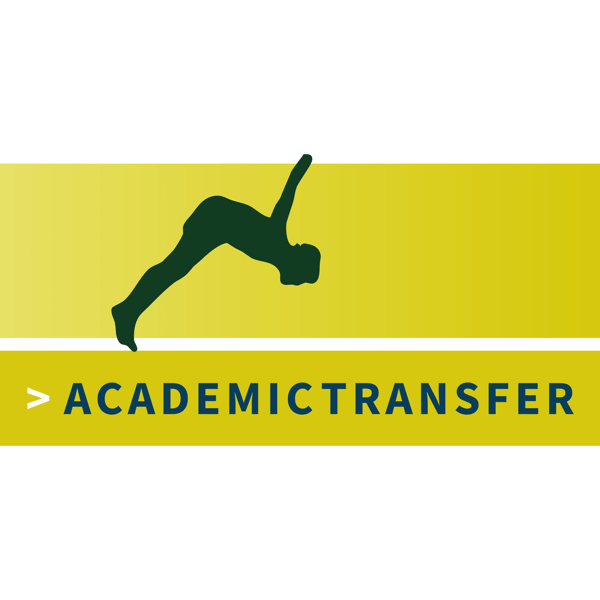
Motivating undergraduate students
I am now two generations away from my current undergraduate students, and I find it hard to understand the pandemic/Tik Tok generation. (I also don’t use TikTok myself – the last “new” social media platform I joined was Instagram and I lament the fact that the internet is just not as fun anymore as it used to be).
So, in trying to breach the gap with my current students, I have been collecting some ideas on how to get their motivation up and running again.
Here is the list of ideas I compiled:
- Microlearning: Break down complex theories into bite-sized, easily digestible content. It aligns with students’ accustomed pace of information consumption.
- Interactive and gamified Learning: Introduce games and quizzes in learning activities. This method speaks to their preference for interactive and competitive environments.
- Site visits: Facilitate real-world exposure to bridge theoretical knowledge with practical applications, enhancing understanding and interest.
- Flipped classroom: Reverse traditional lecture and homework elements to encourage active class participation and self-directed outside study, catering to their desire for autonomy.
- Peer learning: Leverage the power of group dynamics for collaborative learning experiences, fostering a sense of community and shared discovery.
- Personalized learning paths: Offer choices in learning trajectories to cater to individual interests and strengths, promoting a tailored educational journey.
- VR and AR: Utilize Virtual Reality and Augmented Reality for immersive learning experiences, tapping into their affinity for digital environments.
- Interactive polls and Q&A sessions: Employ technology for live feedback and engagement during lectures, ensuring their voices are heard and valued through the use of technology.
- Quest-based learning: Frame assignments as quests or challenges, making learning an adventure that rewards creativity and problem-solving.
- Multi-step feedback procedures: Implement a structured feedback loop for continuous improvement and personal growth, aligning with their expectations for rapid development.
- Inclusive perspectives: Integrate diverse viewpoints and cultures into the curriculum, preparing them for global citizenship and collaboration.
- Professional skill development: Focus on building skills that are directly applicable in the workplace, bridging the gap between academia and industry expectations.
- Continuous improvement: Embrace an agile approach to teaching, adapting based on feedback and evolving trends, ensuring the learning experience remains relevant and engaging.
Which methods have you used to connect and motivate students from the TikTok generation?



